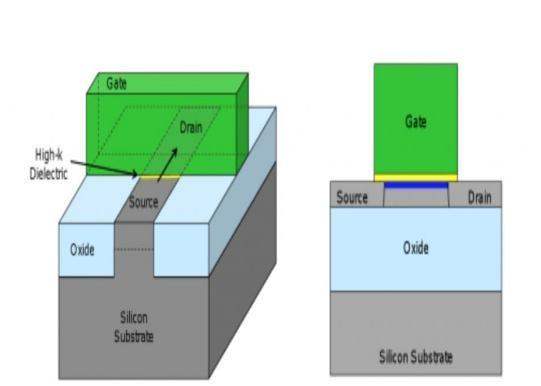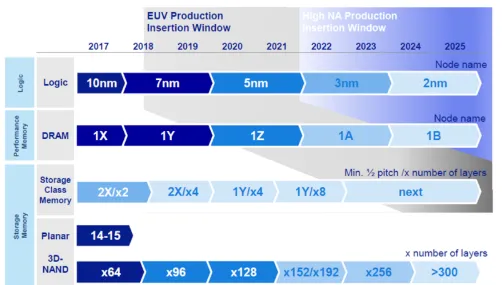Please submit your message online, we will contact you as soon as possible!

Author:KANA
Advanced process refers to the changes and new systems brought by microelectronics technology, automation technology, information technology and other advanced technologies to the wafer manufacturing technology of the integrated circuit industry. Several of the most advanced process nodes are constantly evolving and upgrading over time. There currently seems to be no standard definition of Advanced process - instead, Advanced Manufacturing Technology (AMT) has a certain term.
The chip process refers to the spacing between circuits in an integrated circuit, specifically, the line width of the gate in the transistor structure, which is the value in the nanoprocess. The narrower the width, the lower the power consumption.
The main purpose of shrinking the transistor is to cram more transistors into a smaller chip, so that the chip will not become larger due to technological improvements; Secondly, the computing efficiency of the processor can be increased. In addition, reducing the size can also reduce the power consumption; Finally, after the size of the chip is reduced, it is easier to plug into mobile devices (such as mobile phones) to meet the needs of the future thin and light.


If you are interested in this article, please immediatelycontact us

Support Hotline
Please submit your message online, we will contact you as soon as possible!